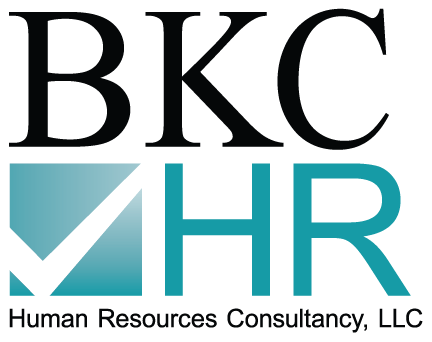 For many business and individual taxpayers, it is a good idea to prepare a year-end tax projection to determine the estimated amount of their Federal and State tax for the current year. The goal is to minimize your tax liability, but if you know that you will owe tax, you want to find out how much you owe, and when you should pay that amount. In planning for the timing of your tax payment, you should take into consideration the amount of your prior year tax liability and determine if the tax payments you will make by the end of the year will provide you with safe-harbor coverage, from an underpayment of estimate tax penalty. If you determine that you have paid enough tax to meet the safe-harbor provisions, you have the option of either paying the projected tax shortfall by way of a 4th quarter estimated payment or paying the amount in full by the original due date of your tax return.
For many business and individual taxpayers, it is a good idea to prepare a year-end tax projection to determine the estimated amount of their Federal and State tax for the current year. The goal is to minimize your tax liability, but if you know that you will owe tax, you want to find out how much you owe, and when you should pay that amount. In planning for the timing of your tax payment, you should take into consideration the amount of your prior year tax liability and determine if the tax payments you will make by the end of the year will provide you with safe-harbor coverage, from an underpayment of estimate tax penalty. If you determine that you have paid enough tax to meet the safe-harbor provisions, you have the option of either paying the projected tax shortfall by way of a 4th quarter estimated payment or paying the amount in full by the original due date of your tax return.
For most individuals, you want to minimize your tax liability by deferring income and/or pay expenses early, if possible. Maximizing deductible retirement contributions, paying real estate taxes and mortgage payments early are just some examples. If you project to have a large net capital gain for the year, you may want to sell your stocks that currently have unrealized losses to minimize that net capital gain. If you feel that the stock will recover in value, you can wait 30 days, after you sell the stock, to repurchase it. Another example is increasing your charitable contributions. Donations can be paid by cash, check, or credit card, but they must be made by December 31st, to qualify as a 2015 contribution. Contributions can also be made in the form of donated property, such as clothing and appliances, marketable securities or artwork. Donations that exceed $5,000 in value require a qualified appraisal, which must be attached to your tax return. You should allow enough time to have the property appraised prior to year-end. Individuals need to be concerned with possible alternative minimum tax (AMT) issues.
Profitable businesses should consider acquiring additional equipment and deducting the entire cost in this year, as long as the equipment is actually placed in service by the end of the year, subject to certain limitations.
Unfortunately, the U.S. Congress never makes year-end tax planning easy for taxpayers. Last year at this time, there were several individual and business tax benefits that had expired at the end of 2013. Just before Christmas, a tax bill was enacted retroactively to extend these benefits for one year only. As a result, we are in the same situation as last year. Here are some individual and business tax benefits that are currently no longer available, which may or may not be retroactively extended to 2015:
- $250 deduction for K-12 teachers for unreimbursed school expenses, which is available even if you can’t itemized your deductions
- Exclusion from taxable income for forgiveness of debt on a primary residence
- 20% research and development tax credit
- 50% bonus depreciation for new capital equipment purchases
- $500,000 first year Section 179 depreciation for new capital equipment (scheduled to drop to $25,000)
- 10% tax credit for qualified non-business energy property (solar equipment still has a 30% tax credit through the end of 2016)
If you have any questions about your individual or business year-end income tax planning, please contact us.




